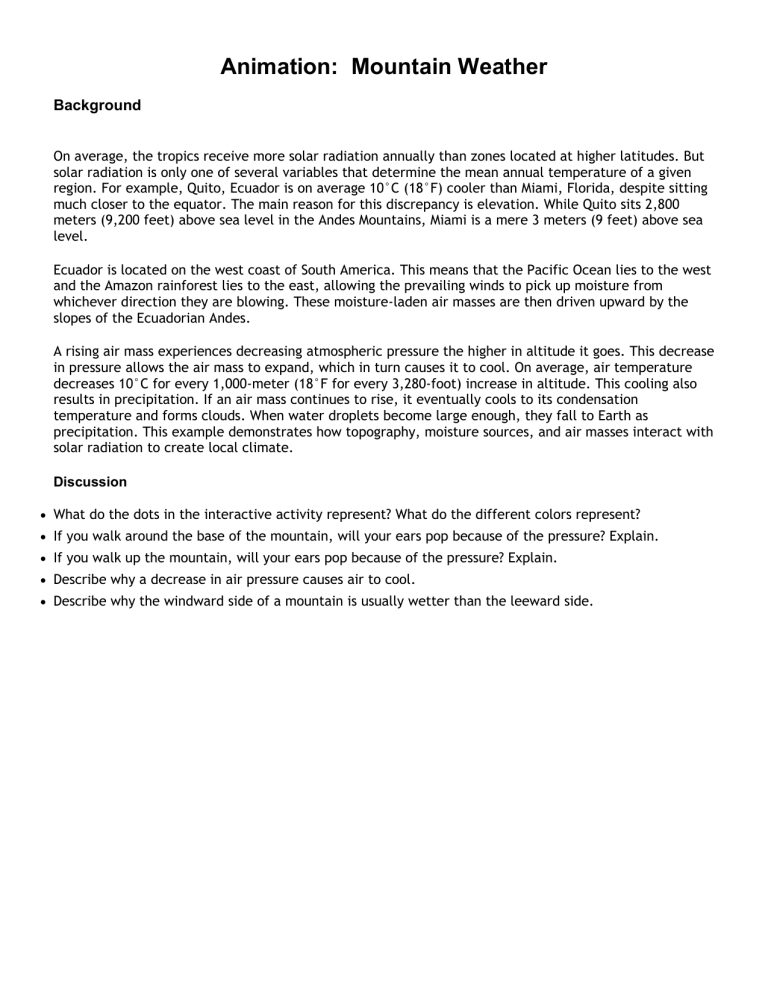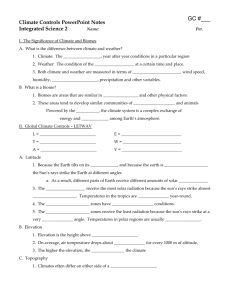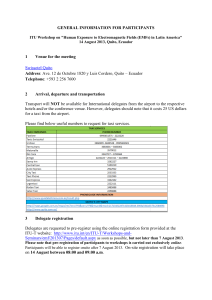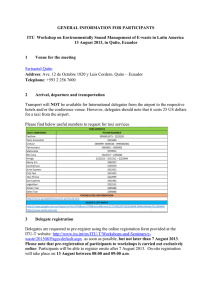Animation: Water Vapour Circulation on Earth

Animation: Mountain Weather
Background
On average, the tropics receive more solar radiation annually than zones located at higher latitudes. But solar radiation is only one of several variables that determine the mean annual temperature of a given region. For example, Quito, Ecuador is on average 10°C (18°F) cooler than Miami, Florida, despite sitting much closer to the equator. The main reason for this discrepancy is elevation. While Quito sits 2,800 meters (9,200 feet) above sea level in the Andes Mountains, Miami is a mere 3 meters (9 feet) above sea level.
Ecuador is located on the west coast of South America. This means that the Pacific Ocean lies to the west and the Amazon rainforest lies to the east, allowing the prevailing winds to pick up moisture from whichever direction they are blowing. These moisture-laden air masses are then driven upward by the slopes of the Ecuadorian Andes.
A rising air mass experiences decreasing atmospheric pressure the higher in altitude it goes. This decrease in pressure allows the air mass to expand, which in turn causes it to cool. On average, air temperature decreases 10°C for every 1,000-meter (18°F for every 3,280-foot) increase in altitude. This cooling also results in precipitation. If an air mass continues to rise, it eventually cools to its condensation temperature and forms clouds. When water droplets become large enough, they fall to Earth as precipitation. This example demonstrates how topography, moisture sources, and air masses interact with solar radiation to create local climate.
Discussion
What do the dots in the interactive activity represent? What do the different colors represent?
If you walk around the base of the mountain, will your ears pop because of the pressure? Explain.
If you walk up the mountain, will your ears pop because of the pressure? Explain.
Describe why a decrease in air pressure causes air to cool.
Describe why the windward side of a mountain is usually wetter than the leeward side.











